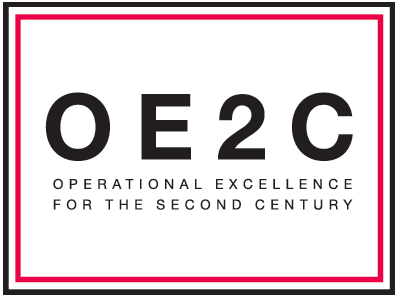The decision to move to Shared Services by the Operational Excellence for the Second Century (OE2C) Initiative brought significant staff changes to the finance, information technology, and facilities teams at SMU this month.
Not only did this change alter some staffers’ positions and duties, but it also moved some to different SMU campuses or eliminated their positions altogether.
Currently, it is unknown how many positions were eliminated due to the transition to Shared Services. In a statement released by President R. Gerald Turner on Aug. 10, he said that it was “a small number of employees.”
According to Turner, these employees “will receive the transition support, benefits and compensation that were offered as part of the organization design initiative earlier this year.”
The layoffs will continue throughout the year as SMU continues to develop Shared Services, which brings together staff members with a wide range of skills together to serve the organization of SMU through one centralized department.
The OE2C team chose to make this transition after completing surveys and getting feedback from deans, vice presidents and other staff members. Provost ad interim Harold Stanley, Vice President Tom Barry, Vice President Chris Regis and President R. Gerald Turner approved the change in late July 2015. They believe this change will improve efficiency and streamline processes throughout SMU.
This is not the first time the OE2C initiative has brought about staff layoffs. In early January 2015, the program’s Organization Design Initiative affected positions in departments and schools across the university.
Other recent updates to the OE2C program include keeping Joe Gargiulo as the chief information officer (CIO) of the university, and altering the temperature point range for buildings across campus. The standard has moved from 68 degrees to 74 degrees, plus or minus two degrees during the cooling season and heating season.
OE2C began its work in Spring 2014. According to the OE2C website, the initiative aims to “strengthen the economic vitality of SMU and its academic mission through operational improvements and savings.” This mission includes reallocating sources from administration to academics and improving the efficiency of programs on campus. The overall goal of the program is to make SMU a Top 50 university.
The SMU Campus Weekly will continue to report on the work of the OE2C initiative until its completion in 2016.









